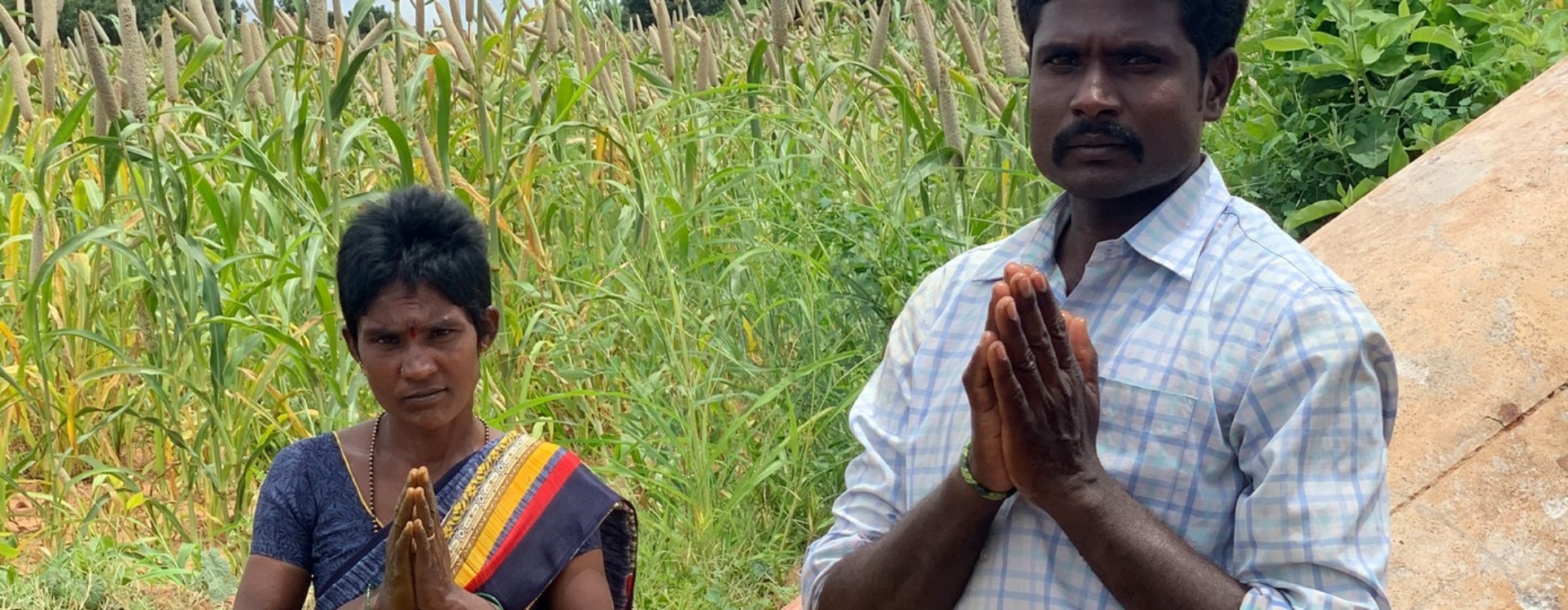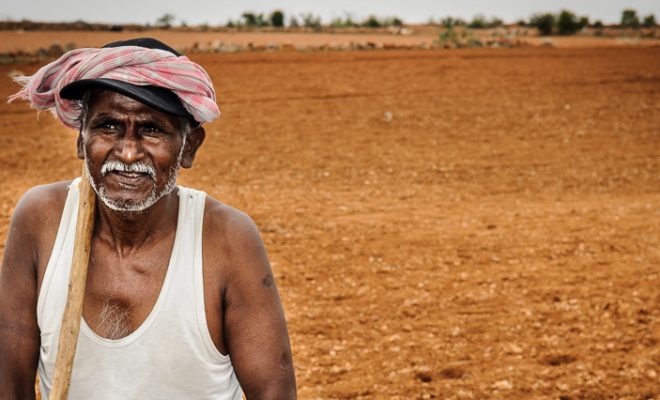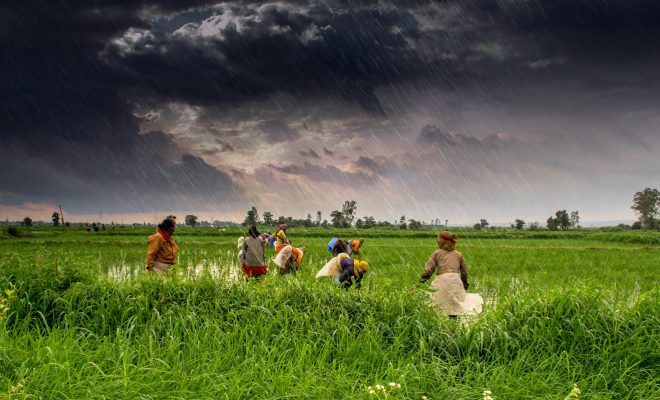Srinivas‘ family has achieved an annual income of approximately 100,000 rupees, equivalent to about $1,160. Though modest, it is enough to survive and ensure their children’s education. Thirteen years ago, we partnered with the Vicente Ferrer Foundation to implement a drip irrigation system benefiting over 220 farming families in the village of Mudigubba, Anantapur. These families were on the brink of poverty and malnutrition, with no other option but to migrate to urban areas. The irregularity of the monsoons, monocropping practices, and groundwater depletion had pushed this community to the edge of collapse.
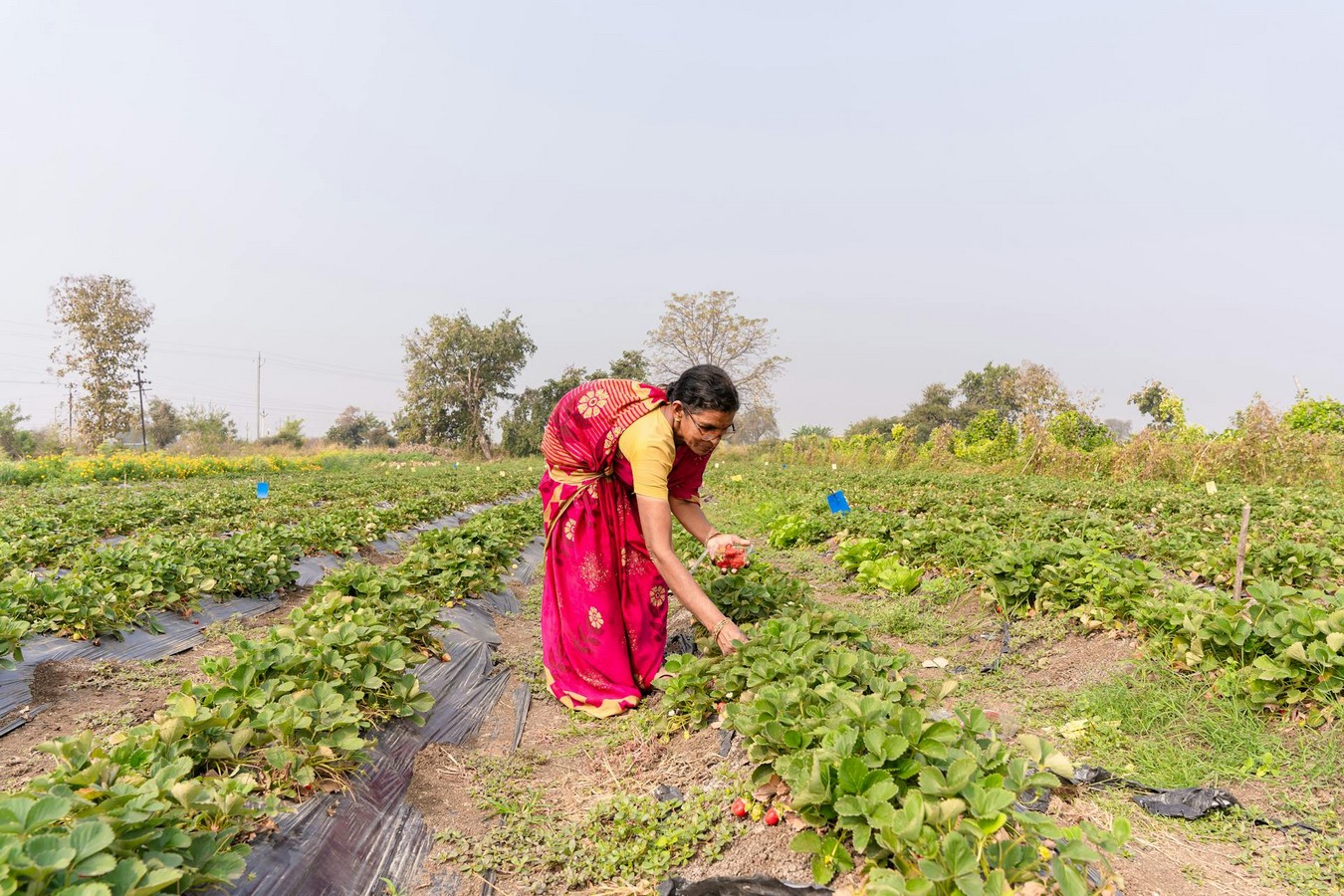
The world’s most populous country is transforming its relationship with water to ensure a sustainable future. © pexels-equalstock
Diversifying to Save the Land
Drip irrigation transformed the lives of Srinivas and other farmers in his community. They were able to save up to 75% of water and increase their productivity. For the first time, they diversified their crops, introducing drought-resistant varieties such as millet, legumes, and fruits like mango and guava. Additionally, constructing a small reservoir allowed for groundwater regeneration and reduced their reliance on erratic monsoons, the main water source in this semi-arid region. Today, they have achieved food security and a healthier diet and gained access to broader markets, improving their household economies.
Crop diversification has also been a key factor in agricultural sustainability. Integrating fruit and timber trees into their plots has enhanced ecosystem resilience and soil fertility, ensuring long-term balance.
Years later, we returned to Anantapur and introduced solar-powered irrigation pumps in three villages. Seventy farming families overcame the challenge of limited electricity access and broke free from their costly dependence on fossil fuels for outdated pumps. The new system, which is easy to operate and maintain, reduced production costs and improved quality of life, allowing farmers to focus on cultivation.
Over the past 14 years, our agricultural assistance projects in India — from constructing self-managed small reservoirs to excavating wells — have lifted more than 17,500 families (around 58,300 people) out of poverty in the country’s most water-stressed states.
Many other initiatives by government agencies, local organizations, and NGOs confirm the benefits of educating rural communities on the water cycle, rainwater harvesting, efficient irrigation, and crop diversification. Together, these efforts stop land degradation and help families escape extreme poverty.
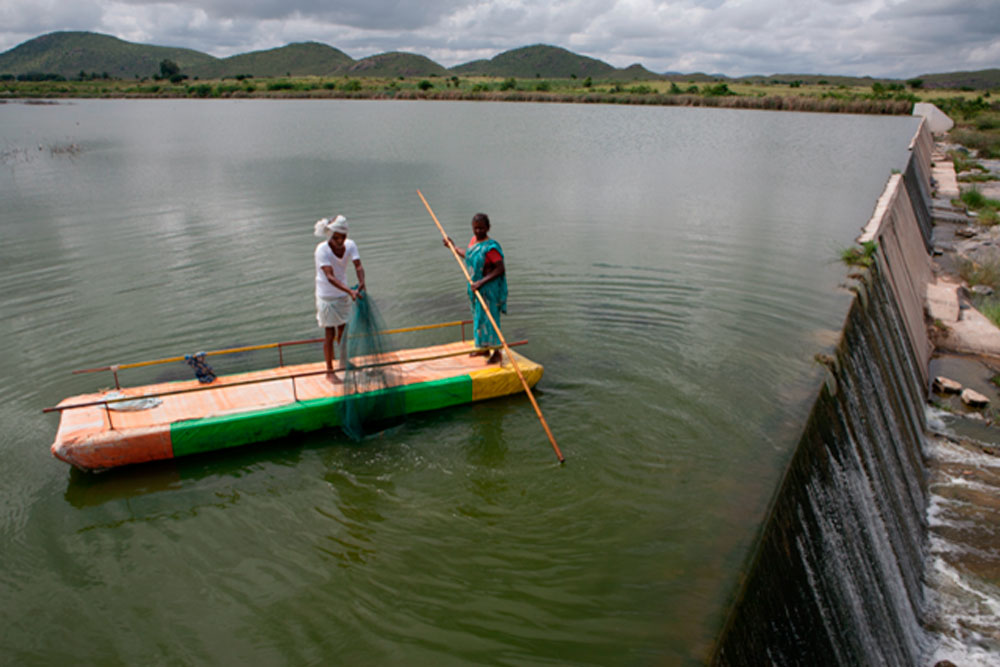
Over the past 14 years, our agricultural assistance projects in India — from constructing self-managed small reservoirs to excavating wells — have lifted more than 17,500 families (around 58,300 people) out of poverty in the country’s most water-stressed states. © Javier Biyascar
The Challenge of a Great Transformation
India faces a monumental challenge. Half of the country’s workforce relies on agriculture, and according to the 2015-16 census, approximately 86% of agricultural holdings are less than two hectares in size. This translates to 125 million small-scale farmers, many of whom live in precarious marginal conditions, especially in the country’s semi-arid regions.
India’s 140 million hectares of farmland consume 90% of the nation’s freshwater resources — a figure significantly higher than the global average of 70–80%. With 68% of its territory prone to droughts and 12% systematically affected by floods, India’s water management presents a massive political and socio-economic challenge.
Additionally, the World Bank estimates that India’s water demand could double by 2050, driven by population and economic growth. This pressing issue is exacerbated by the overexploitation of both surface and groundwater, fueled by unregulated irrigation practices.
Wet Soils and Dry Soils
Agriculture in India is as diverse as its water challenges. In the Ganges basin, where rice cultivation dominates, the overexploitation of groundwater and the reduced flow from Himalayan glaciers pose critical threats. As early as 2009, satellites detected that aquifers in the upper Ganges basin were depleting at a rate of 33 centimetres per year.
Meanwhile, in the south and west semi-arid regions, farmers are almost entirely dependent on the monsoon season (June to September). In these areas, increasingly severe and unpredictable droughts are taking a heavy toll on agriculture.
The monoculture of peanuts has become widespread in these regions, appearing to be a solution but bringing a new set of problems. This practice has led to soil degradation due to nutrient depletion, making agricultural economies highly vulnerable to market fluctuations.
While peanuts are a relatively drought-resistant legume, critical stages in their development, such as flowering and pod filling, require a consistent water supply. Climate change’s growing instability of monsoon patterns has reduced yields and plunged farmers into uncertainty.
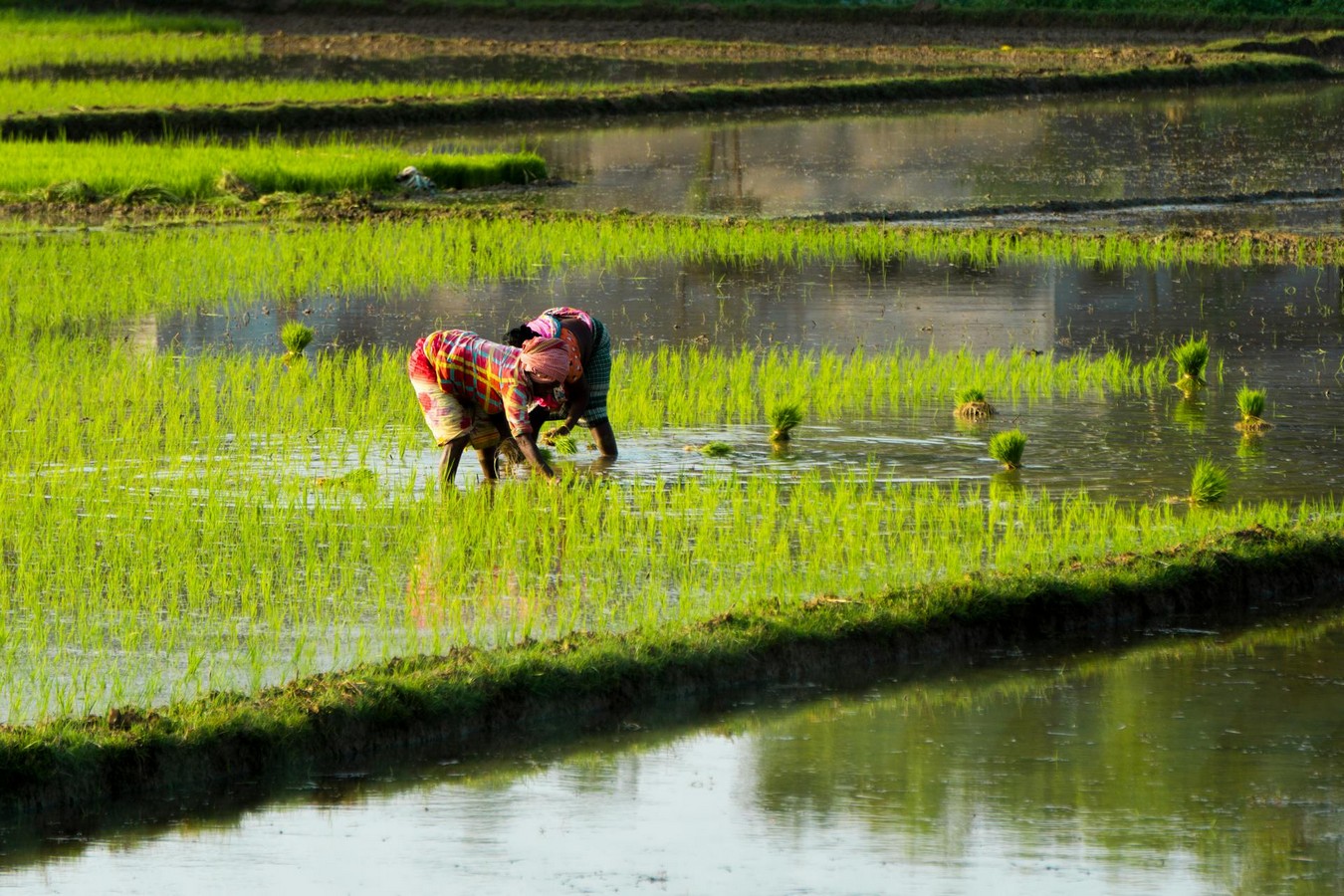
Agriculture in India is as diverse as its water challenges. In the Ganges basin, where rice cultivation dominates, the overexploitation of groundwater and the reduced flow from Himalayan glaciers pose critical threats. © pexels-shuvrasankha
From India to the World
World Bank reports highlight support for rural communities as the cornerstone for achieving agricultural sustainability in India and globally. They emphasize the importance of empowering these communities with skills in water cycle management, rainwater harvesting, irrigation efficiency, and crop diversification. These strategies help halt land degradation and enable millions of families to escape extreme poverty, laying the foundation for balanced demographic development.
Addressing India’s water challenges requires a comprehensive approach that considers all water uses and sources and is managed at the watershed scale. Droughts and the increasing unpredictability of monsoons create uncertainty—a factor that must be minimized to adapt agriculture to the food demands of a growing population and the impacts of climate change. However, a critical gap remains: the lack of integrated information that combines weather forecasts with assessments of water availability. This knowledge must be paired with accessible tools for analysis and decision-making.
Through its Global Water Security & Sanitation Partnership (GWSP) program, the World Bank promotes the adoption of new technologies, such as remote sensing, to identify problems and monitor water use. These tools generate essential data to accurately assess irrigation performance and design more equitable and sustainable water management schemes. Additionally, the technological investments promoted by the program are designed to be scalable and accessible, even for the most underserved rural communities.
India’s agricultural evolution in response to its water challenges represents a development model that can be adapted to similar tropical and subtropical contexts. Its experience demonstrates that it is possible to move toward a hopeful global transformation with the right combination of innovation, knowledge, and inclusive policies. India has the potential to lead a promising shift on a global scale.


